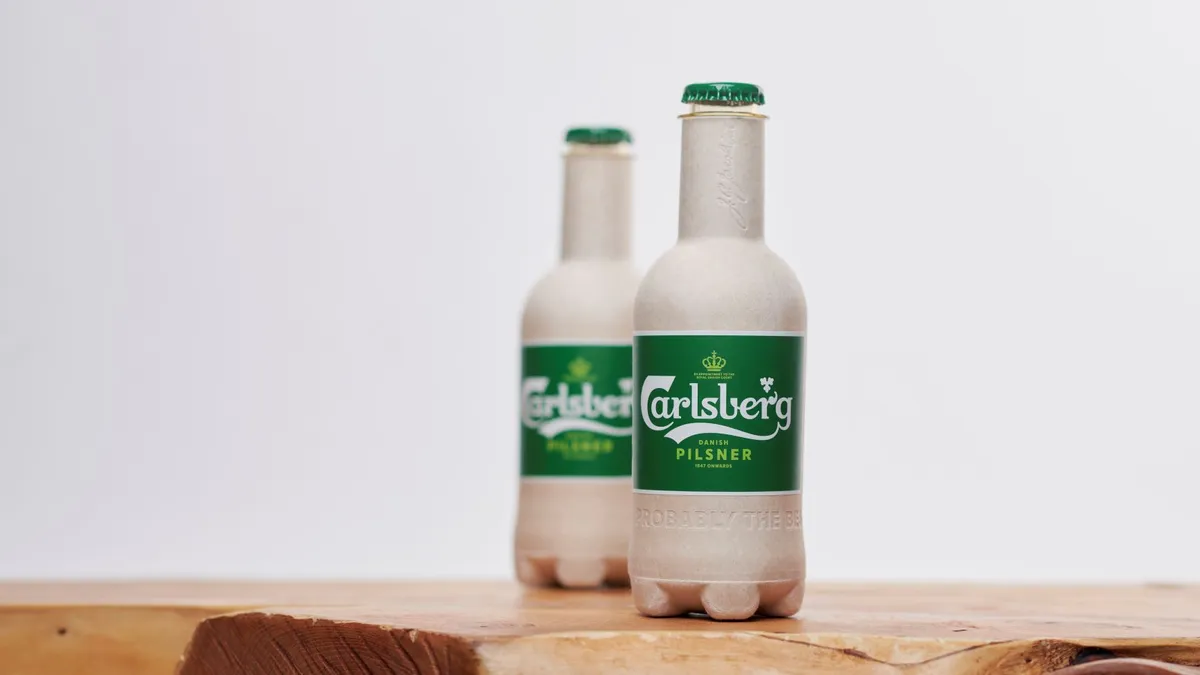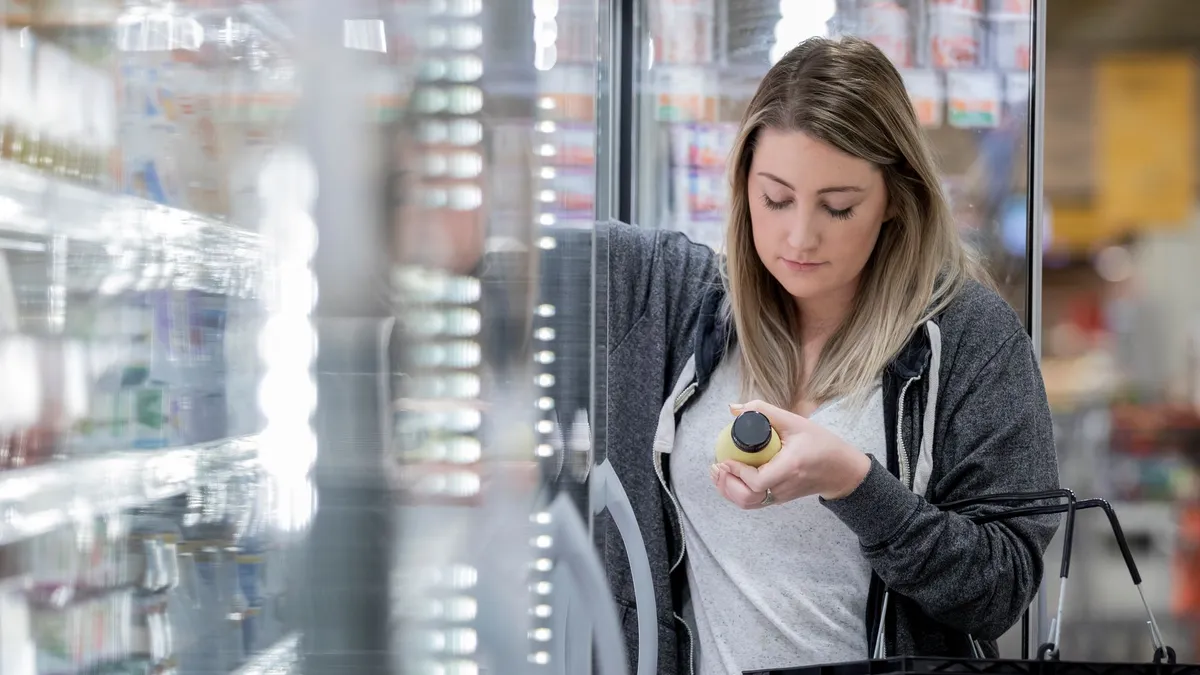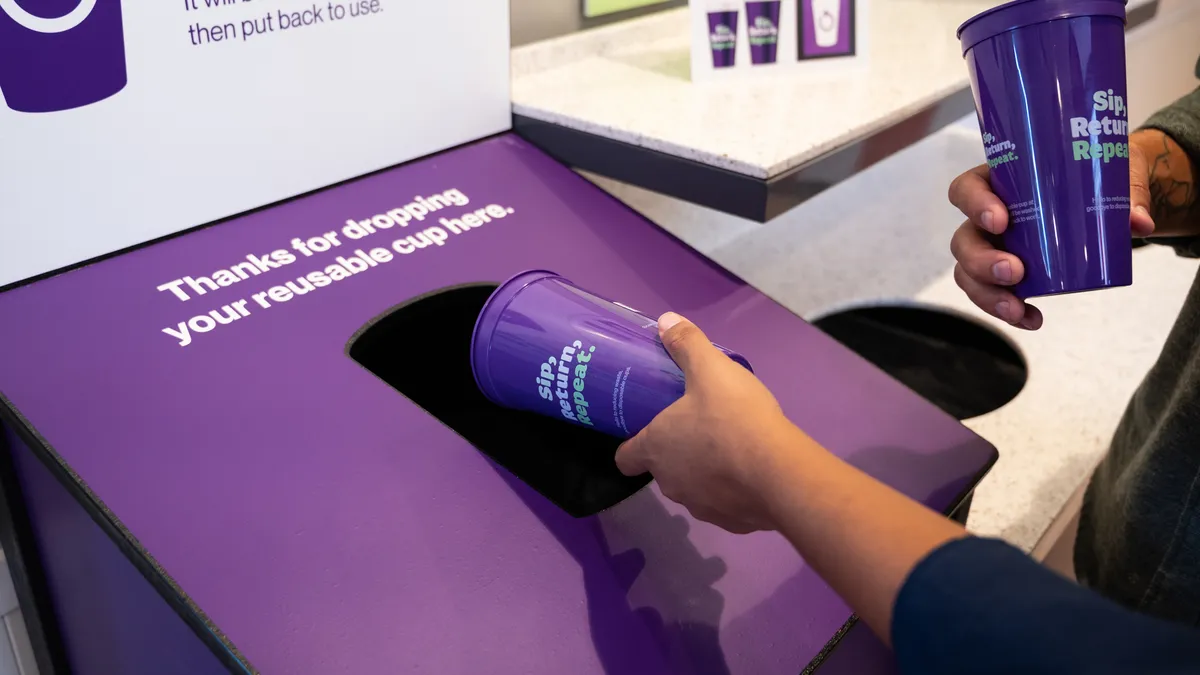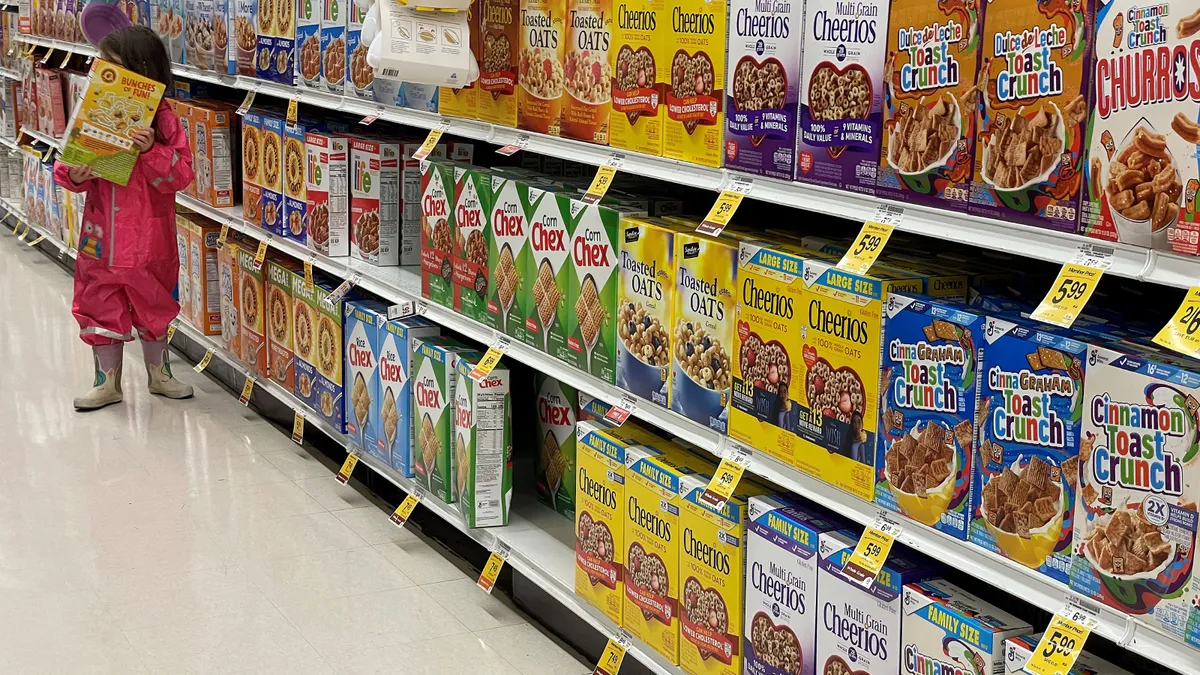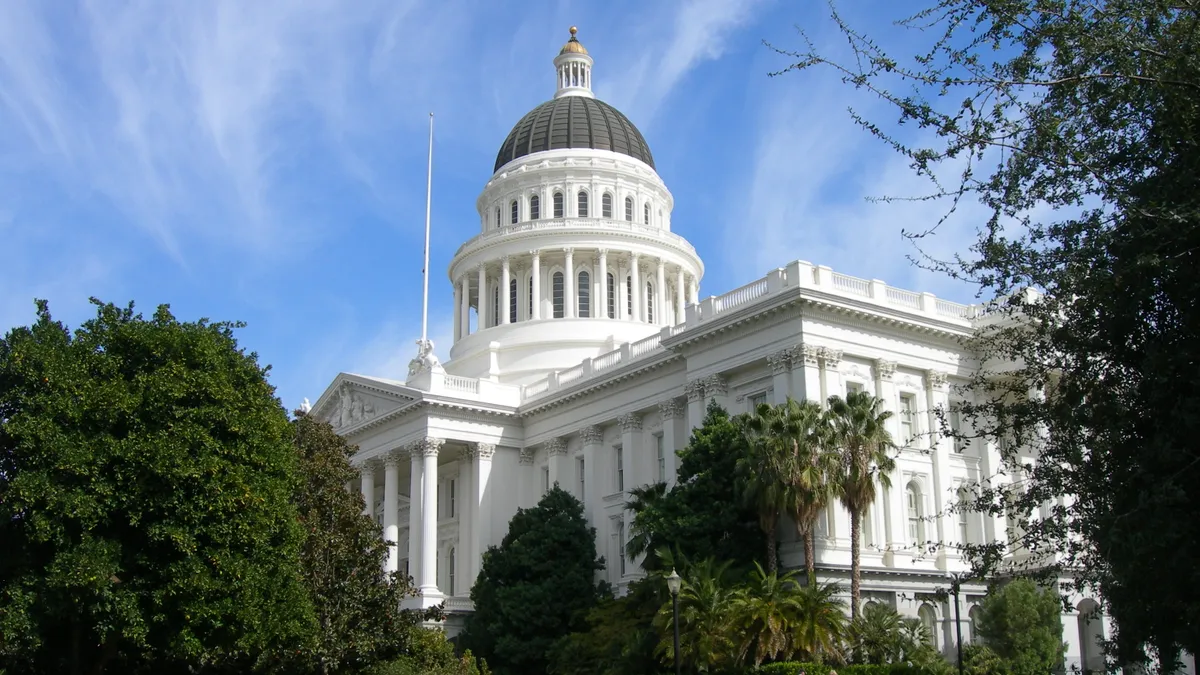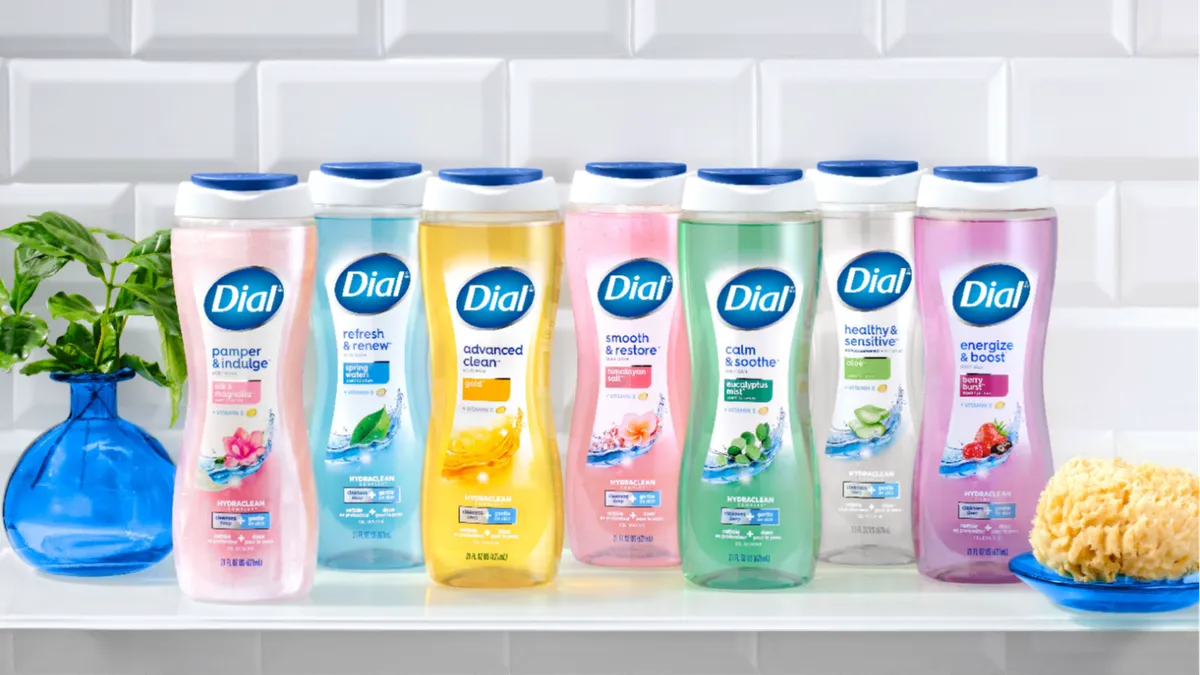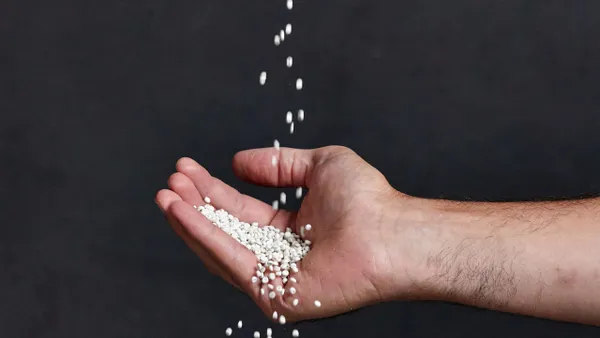With the growth of anti-plastic sentiment and consumer rejection of single-use plastics, some of the world's biggest beverage brands have been developing packaging that replaces plastic with paper.
The opportunity also comes with barriers to adoption, including challenges to scalability, manufacturing and consumer habits. None of these alternatives appear likely to completely replace plastic so far, but many companies are considering if paper-based packaging can be both truly sustainable and a market opportunity.
According to the Ellen MacArthur Foundation, major global drinks companies are not fulfilling their own plastic use reduction commitments. There have, however, been some high profile R&D efforts.
Innova Market Insights says Europe is by far the leader in using paper-based beverage packaging. Just over half of new packaging products in the past five years came from Europe, with North American trailing very far behind at only 2%. So far, few if any of these concepts have been scaled to larger production runs.
Coca-Cola in 2020 announced development of a paper bottle in Europe, and Keurig-Dr Pepper last year announced a paper bottle which it says is compostable.
In the alcoholic drinks sector, Carlsberg has been working on a wood fiber-based bottle, which it recently piloted with 8,000 bottles in Europe. Pernod Ricard's Absolut Vodka also piloted a paper-based bottle in Europe in 2021, as did Diageo's Johnnie Walker Scotch whisky. Some beer brands, like Coors Light, are replacing plastic six-pack rings with cardboard-wrap carriers.
The wine industry is unique in that it has a long history of bottle design innovations. But glass wine bottles are heavy and trickier to recycle because the glass is dyed green or brown to protect the wine inside from light exposure. U.K.-based Frugalpac’s The Frugal Bottle is a glass bottle lookalike that avoids some of the stigma associated with other formats — particularly bag-in-box wine, which is still often equated with lower quality. In the U.S., Michigan-based organic wine brand Signal 7 Wines is the first to use The Frugal Bottles.
Packaging company WestRock offers several beverage options that are an alternative plastic, like its ring replacement product CanCollar, which is made from paperboard and doesn't use glue. According to the company's latest quarterly earnings report, the potential revenue for plastics-replacing products is "a revenue run-rate of $365 million and growing."
Globally, drinks like iced coffees and teas and juices are more likely to have paper packaging, according to data shared by Innova. In Europe, 63% of those products are in paper containers, mostly as single-serve on-the-go drinks.
And while consumers say they want more sustainable packaging, close to half equated plastics with better hygiene (particularly true during the COVID-19 pandemic), according to Innova's 2022 sustainability, food tech and packaging survey.
"Despite efforts from big players and the high interest in more sustainable packaging, this attention is not yet translated into wide-scale change in the market," the company said.
The firm explained that the “global downward trend” seen in use of paper packaging reflects challenges in using paper for beverages. It lacks good moisture barrier properties, necessitating the addition of a plastic or bioplastic barrier.
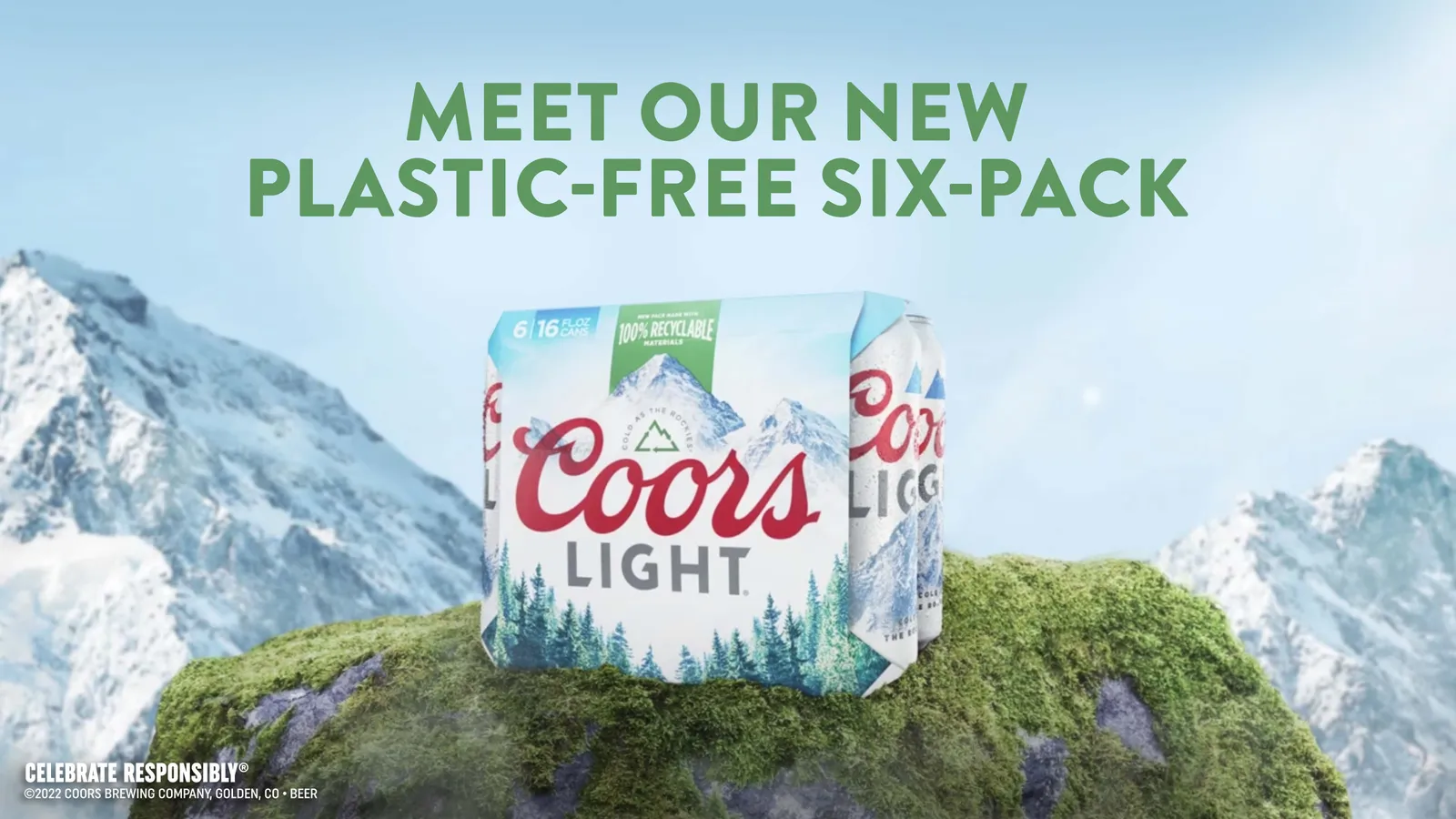
Technical challenges
Paper will have to match or exceed the performance of the plastics it's replacing if there's to be widespread adoption, and that means solving a series of design, engineering and manufacturing challenges. Packaging like take-out hot beverage lids and six-pack rings may be easier to switch, but containers are tricky.
Plastic is very efficient, has great mechanical performance and the important barrier properties, explains Carlos Diaz-Acosta, associate professor of Packaging and Graphic Media Science at the Rochester Institute of Technology. It's also very lightweight, which is good for shipping. But the initial focus on plastics' manufacturing and shipping efficiency has now switched to what happens to the container once the beverage has been consumed.
"That conversation of the end-of-life really is what's driving a lot of this new stage of sustainability," said Diaz-Acosta.
At the moment, many paper-based drinks bottles are molded fiber with a thin plastic liner inside and a printed exterior. The lining might be made of conventional or bio-based plastics. The best-case scenario is that neither the exterior nor the interior elements interfere with recycling the fiber, said Diaz-Acosta. Additionally, containers for fizzy drinks need to withstand the high level of pressure created by carbonation so they don't burst.
The goal is getting a highly engineered layer of plastic within the paper-based structure. For example, Carlsberg says its second generation prototype is down to 10% non-fiber materials. It's possible that could eventually be much less, according to Diaz-Acosta.
"This new generation of materials I think is going to eventually be a real option and something that we're going to see on the shelf once we get through these technical hurdles," he said.
But, apart from design, some of those hurdles include manufacturing and scale. These new packaging options should fit into existing manufacturing lines and processes, like bottles that can be filled in production lines at the same speeds, said Diaz-Acosta.
If a package requires too many changes, new components, or a completely new system — or costs too much — it's less likely to be used. Bringing these products to scale would require availability of materials and lower costs. Diaz-Acosta noted, as one example, that there aren't enough compostable bio-based materials to replace all the plastics right now. Even still, bio-based plastics have their own issues.
Greener drinks
"The number one thing is to reduce the amount of packaging we use," said Claire Sand, who owns consulting firm Packaging Technology and Research and is an adjunct professor at Cal Poly. From a life-cycle assessment standpoint, most of these plastic alternatives do not fulfill that objective, nor address the high environmental impact of paper. "Do they reduce in terms of sourcing? The answer is a hard no," said Sand.
Claiming a package is recyclable or compostable does not mean that it is in practice. To avoid charges of greenwashing — and to really make packaging that is more sustainable — these companies should have components and containers pre-approved and certified by recyclers, said Sand. Otherwise, "it's greenwashing because you're not really doing anything in terms of sourcing, it's just looking more sustainable to the consumer.”
But consumer and regulatory pressures are increasing pressure on plastic drinks packaging.
Globally, most new regulations mandating sustainable packaging are predominantly focused on plastic, according to consultancy McKinsey. Among worldwide packaging regulations, 83% are for plastic packaging; of that, beverage packaging has been a particular focus. This is especially the case in the EU and North America, where over half of regulatory measures have “a specific end-product scope targeting beverages,” according to a 2022 report from the firm.
Yet the plastics-or-paper debate is complex, and life cycle assessments, while increasingly popular, can only tell part of the sustainability story. Which material is more environmentally friendly depends on many factors, as the guidelines from the Sustainable Packaging Coalition show.
Beverages are primarily water, and we need a new approach to packaging and shipping them, said Sand. That could be concentrates and second-stage manufacturing where water is added closer to the sales locations. “That would be really true innovation in packaging,” as it would lower the environmental impact of the shipping process, Sand said.
But, fundamentally, packaging is about protecting food and avoiding it going to waste. Any packaging concept needs to safeguard a beverage's longevity, safety and palatability. Packaging damage can mean lost food.
"Whether the package allows a shorter shelf life, it spoils, or breaks," said Sand, "we lose not just the package, but we lose the environmental impact that it took to make that beverage."


